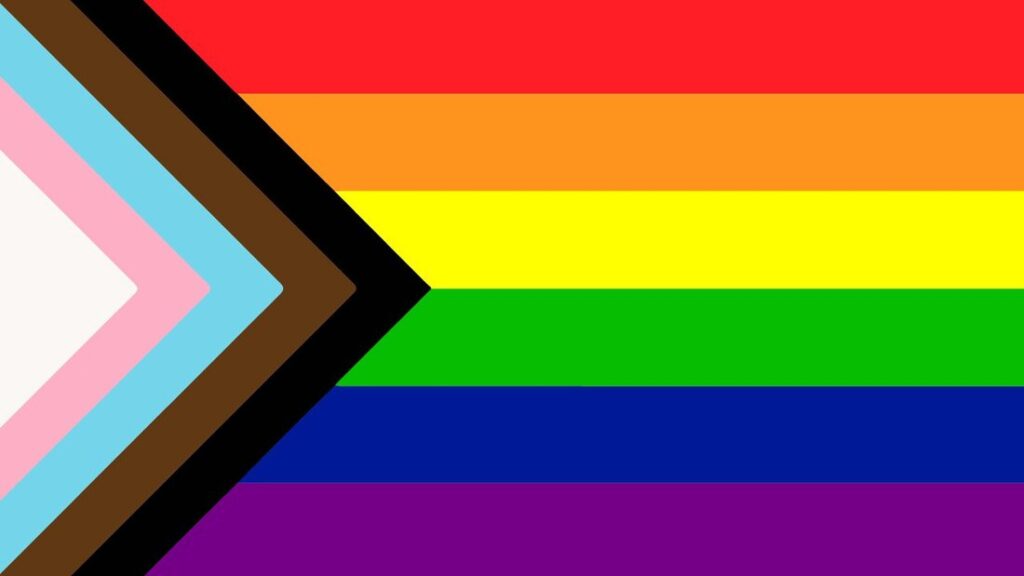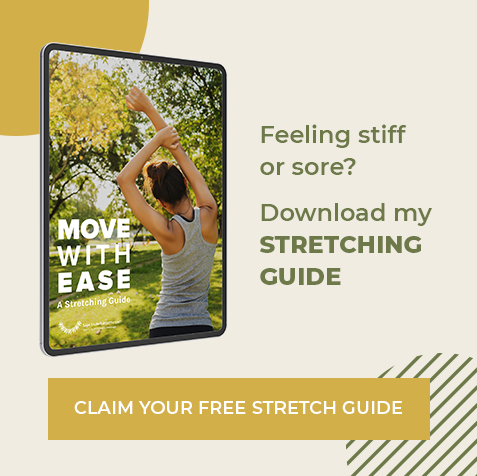Maybe I should call this blog, why “Sports & Orthopedic Massage” is not just for athletes. When I say Sports, Orthopedic Massage, or Sports & Orthopedic Massage, it’s the process I employ to increase movement and achieve your goals. The two borrow techniques from each other and ultimately blend together in different ways for individualized treatment. This process is rooted in a knowledge of anatomy and movement patterns coupled with a “tool box” of massage and stretching techniques.
Anatomy is the foundation:
- Massage techniques can access a fraction of the more than 600 muscles (how many muscles) in the human body (many are too deep to access and some can be distinguished only by seasoned anatomists).
- It is critical to understand where muscles, tendons, nerves, blood vessels, ligaments, the lymphatic system and more, map in the body. Precision means safety and effectiveness.
- Not only do I continue to refresh existing knowledge, I am growing my understanding through cadaver classes and continuing education.
No two people are built the same way, so knowledge and exposure to anatomical differences is critical.

A deep understanding of movement is the next building block.
- Joint movement or kinesiology, is a well understood science, defining the directions and ranges of movement through each joint.
- How muscles are utilized in movement depends on several factors: the direction of movement; if any “load” is being moved, or; if the body is in motion. You have primary, secondary, etc. muscles creating movement. You also have muscles creating stability and balance. The figure to the left illustrates how one set of muscles are used while walking.
Understanding your possibilities of movement by gradually introducing increased movement to joints and muscles sends positive signals to your brain, which can reduce discomfort.
When I talk about sports massage, I am working with movement patterns. Your movement (or lack of movement) patterns can be associated with a sport, or it might be sitting at a desk. It might be doing yard work for two days straight or swimming three times a week to stay fit. You identify where there is lack of movement or discomfort. It’s my job to:
- Identify the muscles and joints associated with the lack of movement or discomfort;
- Explore existing ranges of motion and possible limiters;
- Then we work together to reduce the limiters and open up movement.
The medical world refers to “orthopedic” as repair of bone and tissues. Whitney Lowe in his Academy of Clinical Massage defines clinical and orthopedic massage as “treating pain and injuries with soft-tissue and massage techniques“.
- Soft tissue conditions can include: Adhesive Capsulitis (frozen shoulder), Plantar Fasciitis, Achilles Tendonopathy, Thoracic Outlet Syndrome and Compartment Syndrome.
- I include scar tissue work here as well, because of it’s association with orthopedic or surgical work. Understanding the basis for surgeries, can identify muscles and tissue that may have been impacted. It can also produce different types of scarring.
Ultimately sports massage and orthopedic massage blend together in many (if not all) clients. All clients seek the goal of increased movement, many are driven to that because of current or historic conditions and injuries.
Whether drawing on a knowledge of anatomy or movement, my goal for any sports massage or orthopedic massage treatment is simple: increased mobility, which in turn leads to increased comfort. Possibilities for mobility starts with a detailed understanding of anatomy, movement and medical conditions. Armed with this understanding, WE can identify treatment options that increase movement and reduce discomfort!
Illustration taken from Immaculate Dissection Poster: ‘ID’ing The Anatomy of Gait Through Movement Subsystems, 2020.

